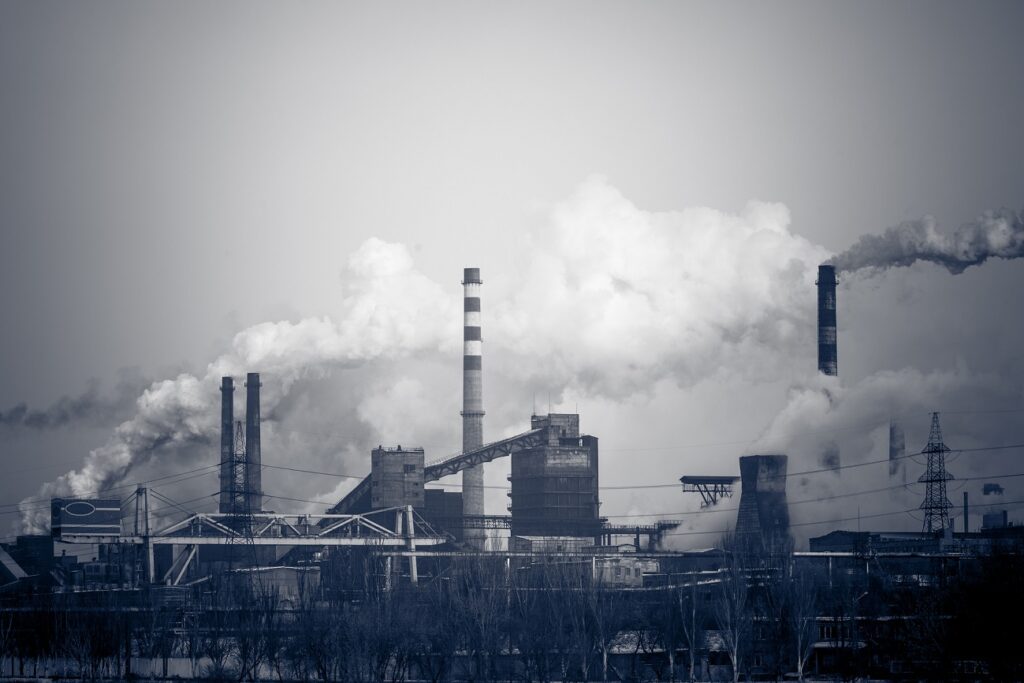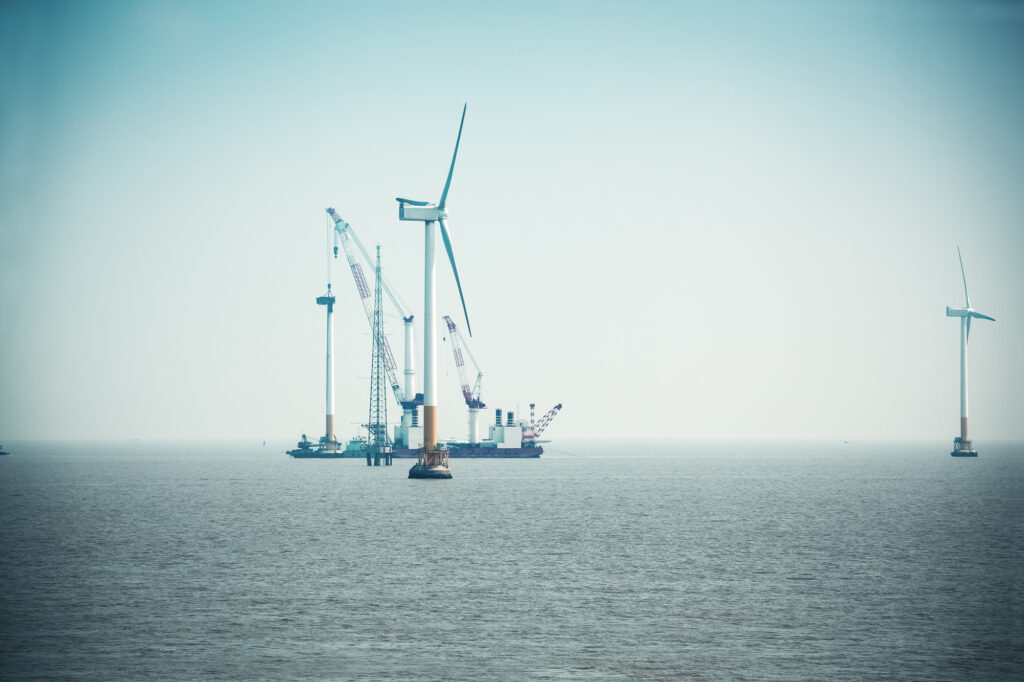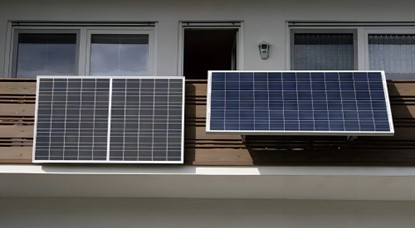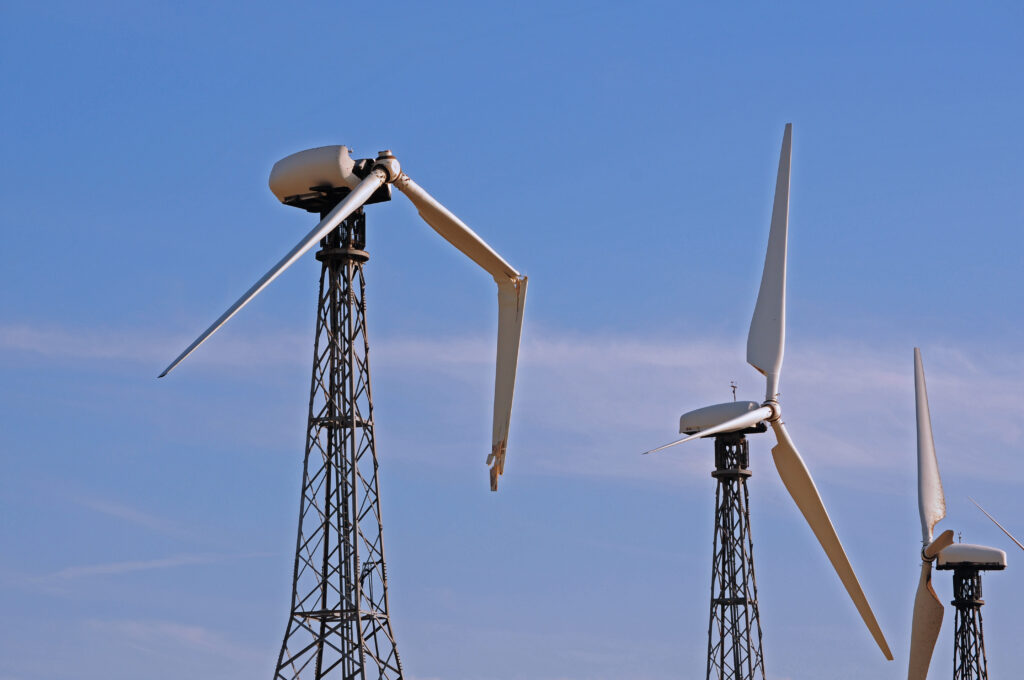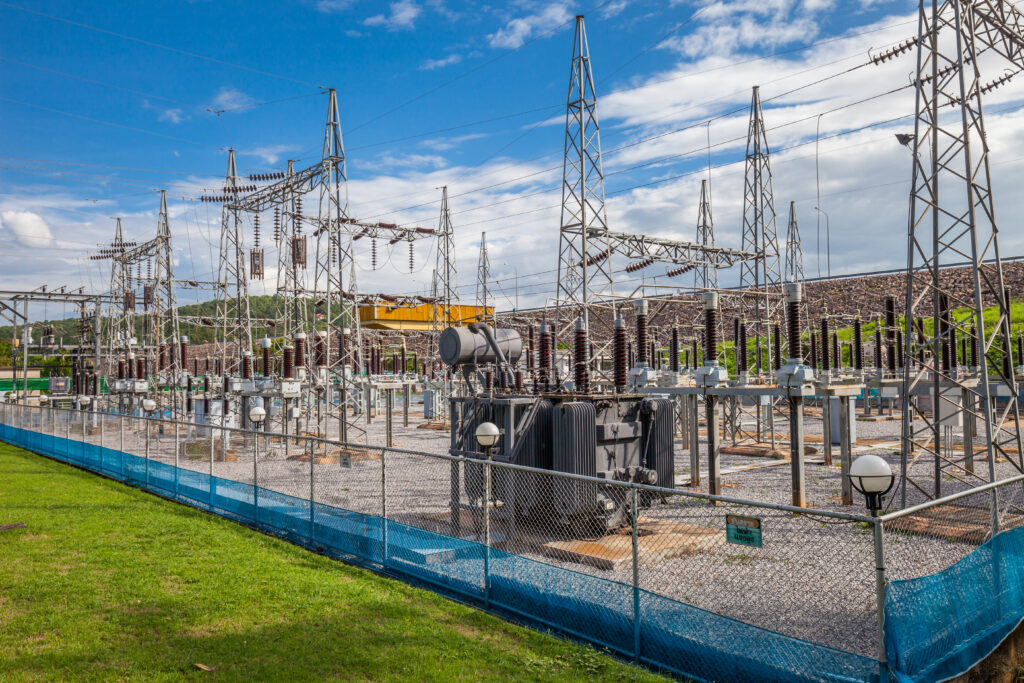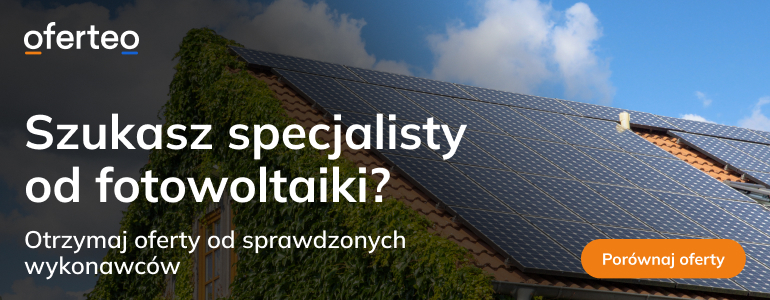Spis treści
Electricity production in Poland in 2022
It amounted to 175.2 TWh. In total, domestic power plants generated 1.6 TWh (0.91%) more than in 2021 – according to preliminary data from Polskie Sieci Elektroenergetyczne. This is the highest level of production in the history of our country.
We achieved an increase in domestic production despite a significant decline in generation in power plants fired with fossil fuels. In 2022, they delivered 7 TWh less to consumers than a year earlier. The largest declines were recorded by hard coal power plants, which lacked fuel (by over 5 TWh) and natural gas power plants, which, due to the trade war with Russia, increased significantly in price (by over 3 TWh). Generation from lignite increased slightly (by 2 TWh) (despite high CO2 prices).
At the same time, production from renewable energy sources increased by almost 9 TWh. In 2022, photovoltaic power plants in Poland doubled their generation, providing almost 5 TWh more than a year earlier. Wind farms also provided a quarter more (4 TWh). Generation from hydroelectric power plants, biomass plants and biogas plants has decreased slightly.
Customers’ demand for electricity also decreased – by 0.5% y/y. In 2022, electricity consumption in Poland amounted to 173.5 TWh and was almost 1 TWh lower than in 2021.
Electricity exports are the highest in 15 years
As a result, Poland, for the first time since 2015, generated a surplus of electricity, which we sold to our neighbors. According to preliminary estimates, we physically supplied them with almost 2 TWh more than we received from abroad. However, data on trade with individual countries indicate nearly 1 TWh of agreed cross-border exchange, i.e. flows resulting from concluded stock exchange transactions or completed OTC contracts (as on the connection with Ukraine, before Russia started destroying the Ukrainian electricity infrastructure). In total, the export volume itself, at 11 TWh, was the highest in at least 15 years.
However, we recorded yet another record, leaving far behind the last 100 years of energy development in our country. During the year, almost 6 GW of new capacity in power plants was added in Poland. At the end of 2022, the total installed capacity of power plants in Poland was approximately 60 GW. Meanwhile, we crossed the 50 GW mark only in 2021, the 40 GW mark in 2015, and the 30 GW mark in 1985.
However, the increase in installed capacity in the last few years does not mean a proportional increase in the capacity to generate electricity. While 1 GW of power in a coal or gas power plant is able to provide 7-8 TWh of electricity per year (although their average use is much lower), the same amount of power in modern wind turbines (de facto banned in Poland) we will generate only 3 TWh, and in solar panels only 1 TWh. In addition, in both of these technologies, production depends on the time of day, year and current weather.
Capacity and production are the beginning. Now you need to balance it
− In Poland, we are focusing on creating conditions for connecting further RES sources, while we will look at already operating sources and sources for which connection agreements have been signed and connection conditions have been issued – i.e. sources whose construction is only the responsibility of investors – then, by 2030, we will exceed the level of 50 GW of renewable energy sources capacity.
This power will probably be further increased by the further development of prosumer energy – said Tomasz Sikorski, then vice-president and currently president of Polskie Sieci Elektroenergetyczne, in a December interview with WysokieNapiecie.pl. − We are now building a second generation system based on renewable energy sources, with the potential to cover over 50% of the national electricity consumption. With such an ambitious development path for renewable energy sources, we must focus our attention primarily on their integration in the power system. It requires numerous and capital-intensive network investments, developing areas for the management of surplus generation from RES sources and, of course, ensuring that RES sources are reserved by flexible conventional sources.
Failure to maintain the pace of development of renewable energy sources and the conditions for their integration in the power system may not only make it difficult to obtain the expected benefits, but may also cause negative effects for consumers in the form of disruptions in electricity supplies or additional costs, which was the case in other countries, he warned.
In 2022, any amount of electricity from wind and solar was worth its weight in gold for PSE due to shortages of hard coal reserves at power plants. This was also one of the main reasons why Poland “withdrew” from the European electricity trade in the second half of the year, becoming “transparent” to the surrounding countries by exporting to the south and west of Europe only the amounts of energy that we imported from the north..
As the president of PSE added, in difficult balance situations we can count on help from other European countries (and we also provide it ourselves), but this support also has its limitations. − Thanks to the fact that we are connected into one European electricity system, we can support each other, but at the same time we all depend, and to an increasing extent, on the same factor – the weather. The drop in temperature increases the demand for electricity and power, and climatic droughts limit the supply of energy from renewable energy sources. If all operators face such situations for an extended period of time, it will limit their ability to help each other. Fortunately, it is practically rare for weather extremes to occur simultaneously throughout Europe, reassures Tomasz Sikorski.
We are starting the largest investment cycle since Gierek
Every half a century or so, the Polish energy sector experiences a huge accuulation of investments. We observed the first such business cycle in the 1920s, until the great crisis, the second in the 1970s, during the Gierek era, until martial law, and the third one is starting now. On the one hand, the investments will have to replace the withdrawn units of power plants that remember Comrade Gierek, on the other hand they will have to meet the growing demand resulting from the electrification of heating, transport and industry, and on the third hand they will have to ensure the balance of demand and supply even during a two-week climatic drought.
Poland is just starting the largest energy investment cycle in history. In terms of the scale of the challenge, it can only be compared to electrification and investments in power plants in the Gierek era and the construction of the first district energy systems in the Second Polish Republic.

